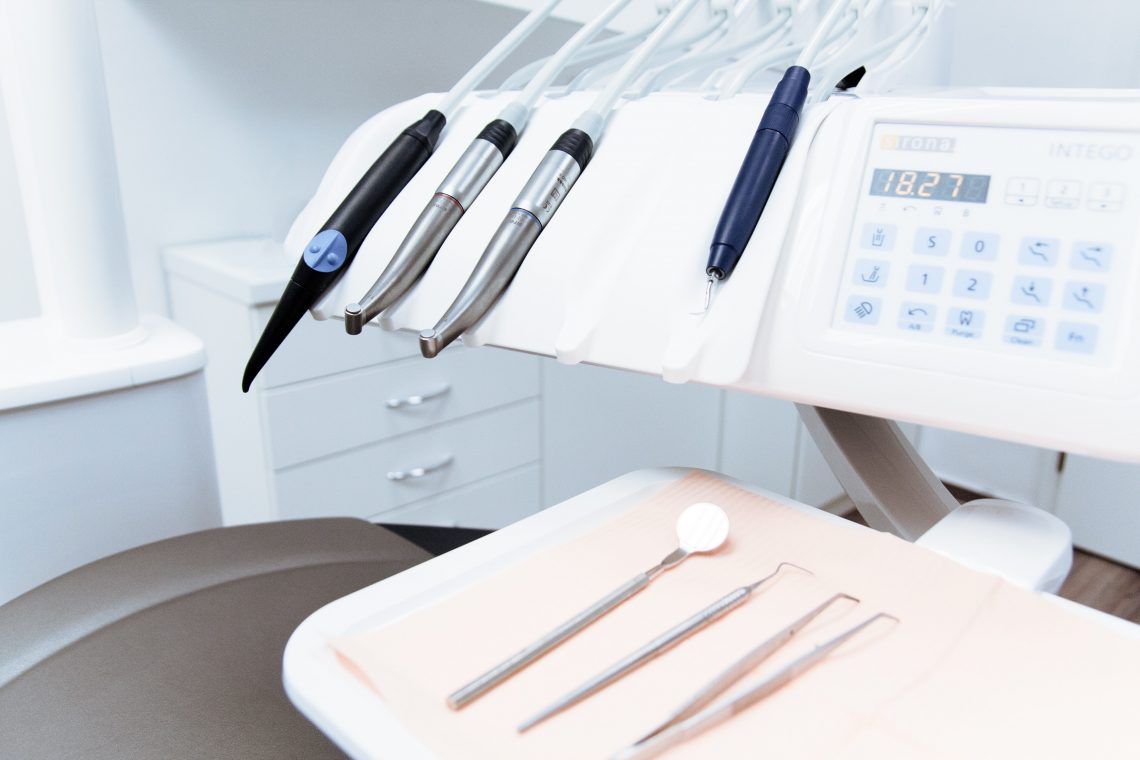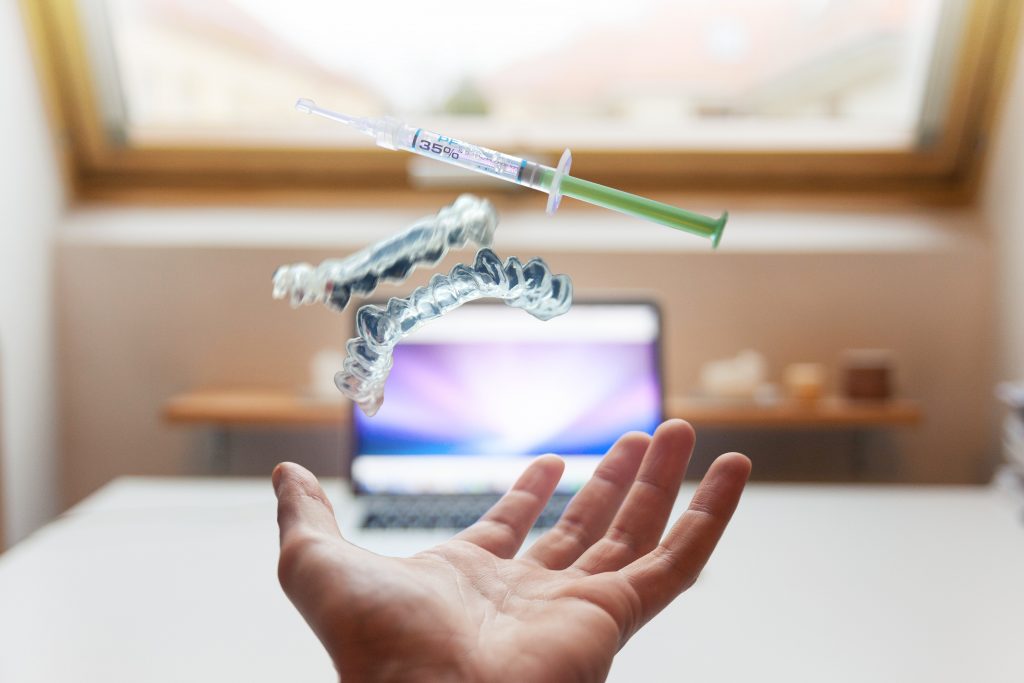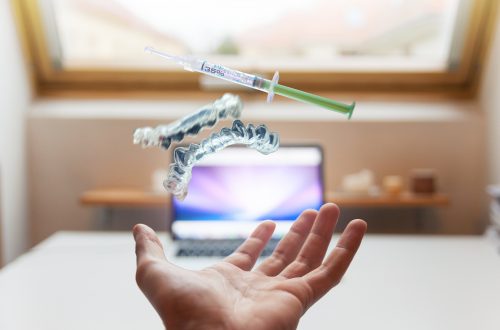
What Are The Activities Of An Orthodontist?
The main activities of an orthodontist are to make a diagnosis and develop and implement a treatment plan. Long before, as part of the diagnostic process, examinations and an orthodontic assessment may be necessary to identify the most suitable treatment.
During a consultation, the orthodontist subjects you to questions relating to your medical history (disease, heredity, evolution). He can then give you a medical and dental questionnaire to get to know you better, to make a global diagnosis, and to better adapt the treatment. After the anamnesis, he performs a clinical examination (morphological and functional) of the dentition, dental arches, muscle masses (tongue, lips, etc.) to look for imbalances before proceeding to additional examinations.
The diagnosis can be made from the physical examination. But an orthodontic assessment may require additional examinations. These additional examinations include, among others:
A panoramic X-ray which allows us to carry out a dental assessment, to study all the teeth, jaws, bone structures (temporomandibular joint), and to detect the absence of one or more teeth;
The teleradiography of the cranium (face and profile) allows us to have a view of the whole of the dentition and the jaws to carry out an analysis of the skeletal balance, to detect any dental anomalies;
Cephalometry allows us, through the application of measurements on X-ray documents of the skull, to evaluate the teeth, the reciprocal relationships between the skeletal anomalies of the face, and the positioning defects of the teeth, to make the diagnosis of a disharmony. dento-maxilla;
Taking impressions for the production of study casts: it is a plaster representation of the patient’s dental impression. It allows us to study the relationships between teeth, detect all dental and skeletal abnormalities and develop the appropriate strategy to achieve dental alignment.
The information gathered through these various examinations makes it possible to establish a balance sheet and to consider treatment options.
The orthodontist’s activity also consists of solving the problem (s) detected through the development and implementation of a treatment plan. To better apply the treatment strategy, the orthodontist will use the most effective techniques. To do this, he will opt for an apparatus to exert a force on one or more to move them and reposition them until the desired result is obtained: perfect alignment and balance. harmonious dental.
Thus, to promote the harmonious growth of the jaws and influence the position of the teeth, the use of devices makes it possible to exert a slight pressure on the teeth and the jawbones. There are different types of devices, including:
fixed or removable restraints;
multi-attachment braces;
dental expansion appliances;
functional dental appliances;
space maintainers;
extraoral strength;
As part of orthodontic treatment, corrective appliances are designed to correct misaligned or too advanced teeth by moving them to different positions. The orthodontist establishes a descriptive estimate for the development of these devices, in the laboratory, by dental technicians. After conception, he puts them in place and periodically adjusts them, while monitoring their effectiveness.
We can consult an orthodontist for a problem relating to the tooth, the orofacial functions, the bone structures of the face. Thus, a dentist or a general practitioner can refer us to an orthodontic specialist, if he considers that orthodontic treatment is better indicated for use for a better alignment of the teeth, a correction of the position of the jaws. or to improve the aesthetics of the face and/or the smile. The reasons for which we can seek an orthodontist can be, among others:
problems with one or more teeth overlapping;
problems with overcrowding of the teeth or a lack of space for all the teeth (dental crowding);
problems related to the existence of space between the teeth (tooth spacing or spaced dentition);
poor positioning of the maxillary and mandibular teeth;
aesthetic and functional optimization of dental arches;
deformities of the jaw and palate, resulting from thumb sucking in children;
an evolution of the incisors in the wrong axis;
problems with upper incisors that hide the lower incisors;
open bite, lack of contact between the teeth of opposing dental arches, or the prevalence of an opening between the lower and upper teeth;
problems with inserting the upper teeth inside the lower ones;
mutilated dentition with the absence of certain teeth;
a growth problem in the jaws or growth delays in the jawbones;
reverse meshing of the upper and lower teeth;
Lower teeth advancement or too advanced chin / Excessive advancement of upper teeth and receding ch
Orthodontics will offer you a harmonious smile and regain self-confidence, but above all, it will solve all functional problems!
This means that your upper teeth will ideally match your lower teeth. This ideal will facilitate both chewing and speaking and will help you maintain good oral hygiene.



